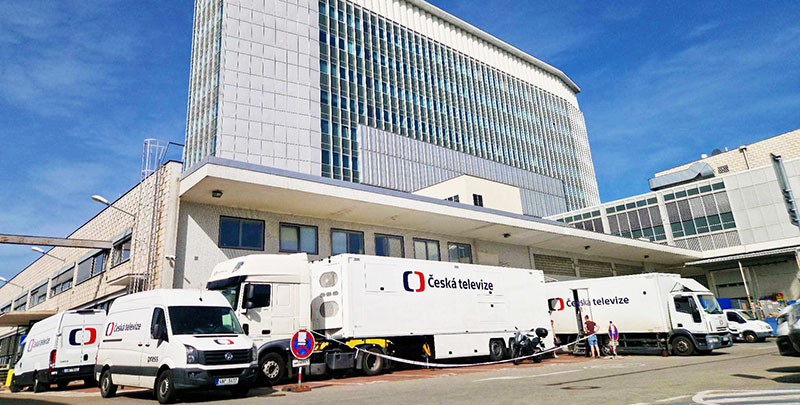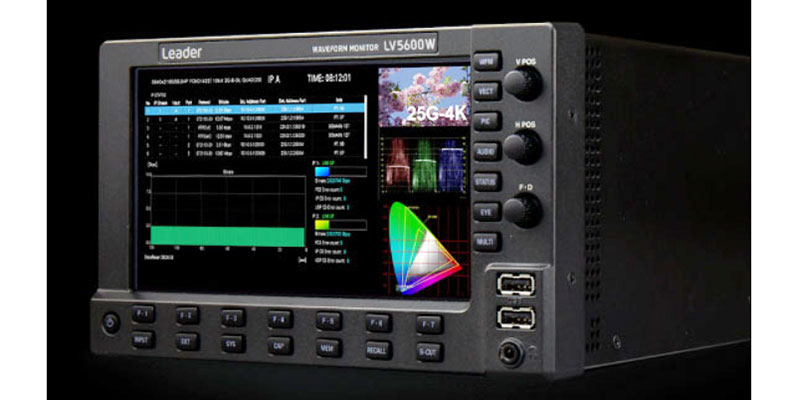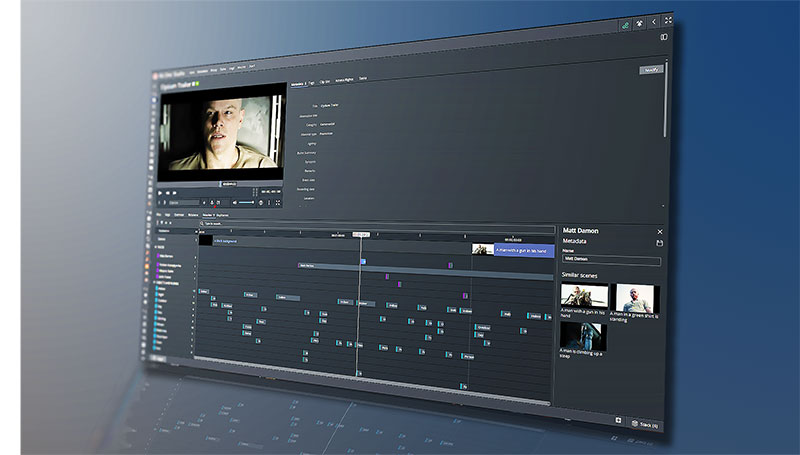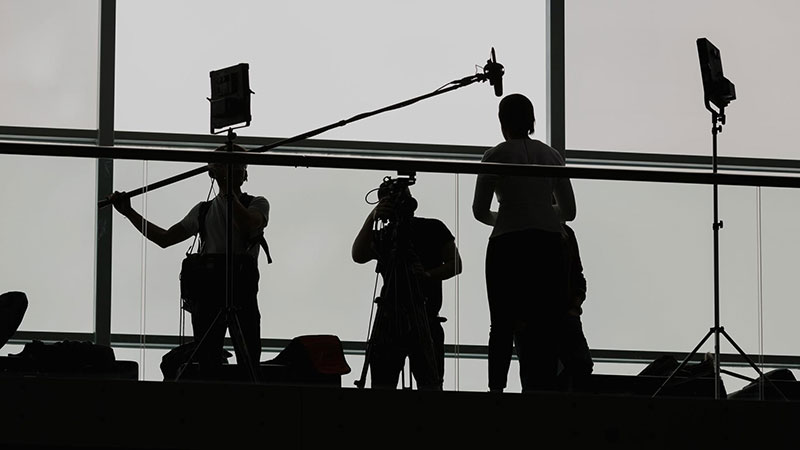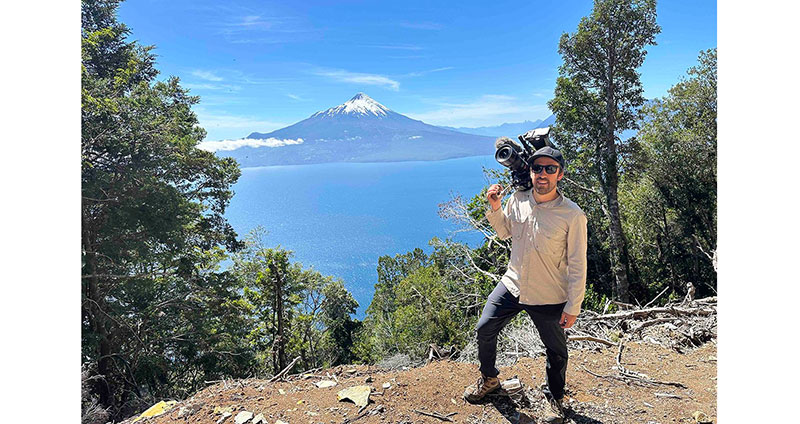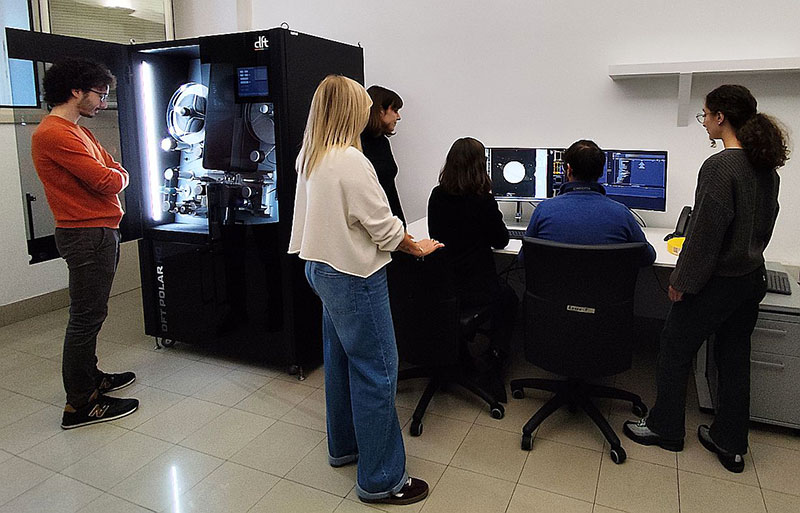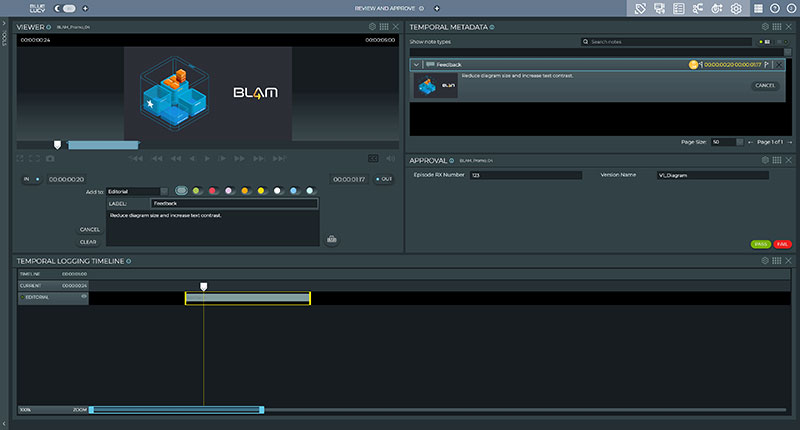Fully aware that IP and remote production are transforming live sports coverage, KPS Studios is refining its multi-camera IP and remote pipelines with AJA BRIDGE LIVE and openGear devices.

Kaleidoscope Production and Services LLP (KPS Studios), a broadcast production and equipment rental company in Kolkata, helped facilitate the first remote production of the Durand Cup in August 2024. The event is one of India's biggest annual football tournaments that includes teams from the I-League, Indian League and the Indian Armed Forces.
Since then, keenly aware of how IP and remote production are transforming live sports coverage and distribution to fans, KPS Studios has continued to refine its multi-camera IP and remote production pipeline.
They have now delivered several other live sports events to fans across the Asia Pacific region and have built a custom workflow to meet the combined challenges of low-latency productions, delivered in multiple languages across a range of destinations and device types. It includes AJA's high-density SDI/IP streaming device BRIDGE LIVE and 16-channel openGear audio embedder/disembedder OG-12G-AMA.
Taking No Chances
When planning that initial Durand Cup production, KPS Studios took no chances, assembling more than 150 crew members including producers, directors, camera operators, sound engineers and broadcast engineers, who worked across six tournament venues throughout India.
Installing multiple cameras in each venue, KPS Studios transmitted HD feeds to a master control room in Kolkata, where its team processed the footage, and created and inserted slow-motion replays, graphics and commentary. From there, it distributed the feeds to Sony TV via traditional broadcast, to streaming apps Sony LIV and SSEN for OTT delivery, and to social platforms. By using BRIDGE LIVE, the KPS team was able to move between SRT and H.265 encoding, and support low-latency streaming demands.
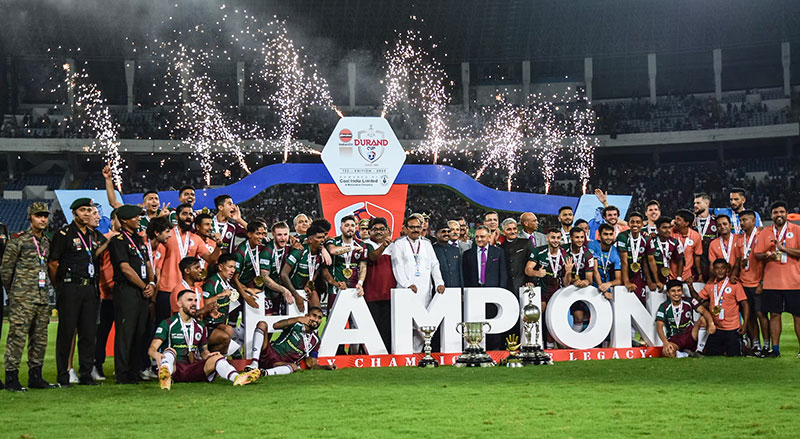
"Since BRIDGE LIVE supports low-latency signal processing, conversion and transmission over long distances, were able to transmit live footage from each venue to the control room in our production facility in milliseconds, while using less bandwidth due to the efficiency of H.265," said KPS Studios Technical and Managing Director Rajiv Mehra.
"At the same time, we could transcode high quality signals for television broadcast and streaming. BRIDGE LIVEs encoding, decoding and transcoding performance is excellent and very reliable, and it has also been easy to use, which made integrating it into our workflow simple."
Eight Channels of Audio
Because the team had to produce the feed for distribution in multiple languages, they also used AJA's 16-channel OG-12G-AMA openGear analogue audio embedder/disembedder card. "OG-12G-AMA is hardware we depend on," Rajiv said. "It is also affordable and easy to use for high-quality analogue audio embedding, and is compatible with our other equipment.
"We can embed eight channels of audio with OG-12G-AMA, whereas most other options on the market only support four. Those extra channels have grown more important as we're tasked with embedding more languages into an SDI feed. I also love the openGear form factor because it means we have a flexible, scalable way to meet our signal processing needs that is straightforward to operate and integrate into our pipeline. It also involves less cabling and fewer boxes.”
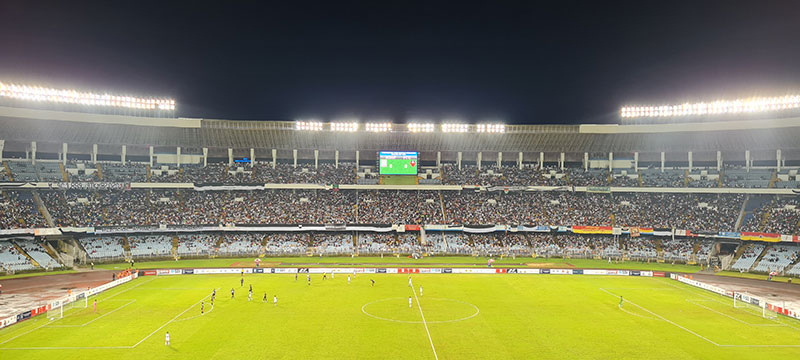
Durand Cup Final at Salt Lake Stadium in Kolkata, 2021. By ArnabSaha - Own work, CC BY-SA 4.0,
Rajiv worked with AJA Distributor ARK InfoSolutions to make sure BRIDGE LIVE and OG-12G-AMA would integrate smoothly into KPS Studios' workflow. "Delivering high-quality live sports content with efficiency and reliability is paramount to our operations, and ARK Infosolutions has been an invaluable partner in this journey as well as our continued innovation in live sports broadcasting."
Only the Beginning
KPS Studios' work on the Durand Cup only marked the beginning of its work in IP video. The company plans to expand its cloud-based and remote production capabilities in the coming years, which will mean prioritising equipment and workflows capable of delivering high-quality live sports content.
"Remote production is clearly the future and, if handled properly, can result in considerable cost savings and reduce a production's carbon footprint at the same time,” Rajiv said. “As the adoption of 4K workflows is on the rise, SMPTE ST 2110 IP video will soon become necessary as well. Today, we are transmitting in HD, but we understand we'll need to move to 4K, and coaxial cable can't provide the bandwidth like an IP network can. We're actively exploring how we can build SMPTE 2110 into our pipeline this year." www.aja.com




